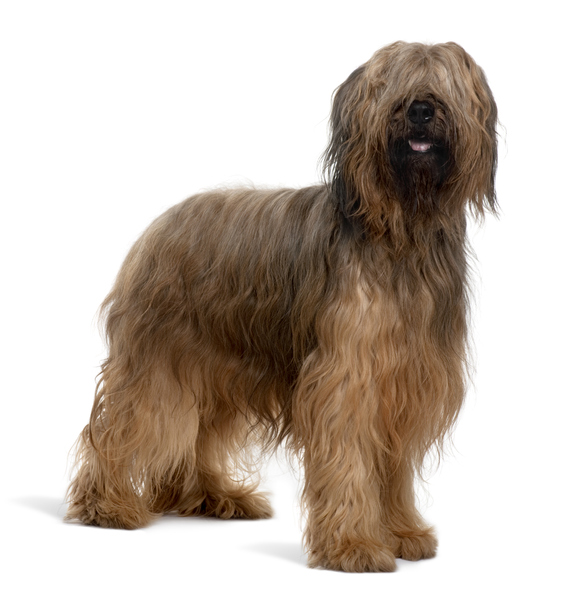cleft
(noun, verb, adjective)
/klɛft/
 LISTEN
LISTEN


A cleft is an opening made by cleavage, a split. It is also a hollow indention. As an adjective, it refers to something split or divided. As a verb, cleft is the past and past participle of the verb cleave, which means ‘split or divide by or as if by a cutting blow‘ and other meanings you can check below.
Example sentences
- There was a cleft in the rocks.
- That actor has a cleft in his chin.
- Sarah hit the log with her ax and two cleft pieces of wood fell to the floor.
- Lightning had cleft the old tree in two.
Words often used with cleft
cleft palate: a malformation (the result of something not forming properly) where the roof of the mouth has a cleft along its center.
In pop culture
A cleft chin is a chin with a dimple. One of the most famous examples of someone with a cleft chin is Kirk Douglas, and you can see him in this clip from the movie Spartacus:
Laurence Olivier, who plays the Roman general in the movie, also had a cleft chin. Other famous actors with cleft chins include Cary Grant, Ava Gardner, Robert Mitchum, Humphrey Bogart, Brigitte Bardot, John Travolta, Sandra Bullock, and Ben Affleck
Did you know?
In language, a cleft sentence or a cleft construction is a sentence where you use two clauses to add emphasis to something that could otherwise have been expressed in one clause. For example, if you say “That’s the one I meant” instead of simply “I meant that one,” that’s a cleft sentence.
Origin
Cleft, as an adjective meaning ‘split,’ dates back to the late 14th century. It evolved as a past participle of the verb cleave, which has been used in English since before the year 900. Cleave (and of course cleft) can be traced back to the Proto-Germanic kleuban and the Proto-Indo-European root gleubh- (to tear apart or split), so cleft is related to other English words like clever, clove (of garlic) and hieroglyphic. Cleave‘s original past participle, clofen (and later cloven) was replaced by the “weak” form, cleft, in the 14th century, and its use as a stand-alone adjective solidified just a few decades later. Cleft palate, the medical condition, has used this name since the early 18th century. As a noun, cleft, meaning ‘an opening made by cleavage, a split or an indentation,’ dates back to the late 16th century. It is an alteration of the Middle English clift, from the Old English adjective (ge)clyft, probably due to the influence of the past participle and adjective cleft. Like the adjective, it can be traced back to the Proto-Germanic kleuban and the Proto-Indo-European root gleubh-. In the early 14th century, cleft or clift meant ‘the parting of the things’ in human anatomy.
Word of the Day is released Monday through Friday.


